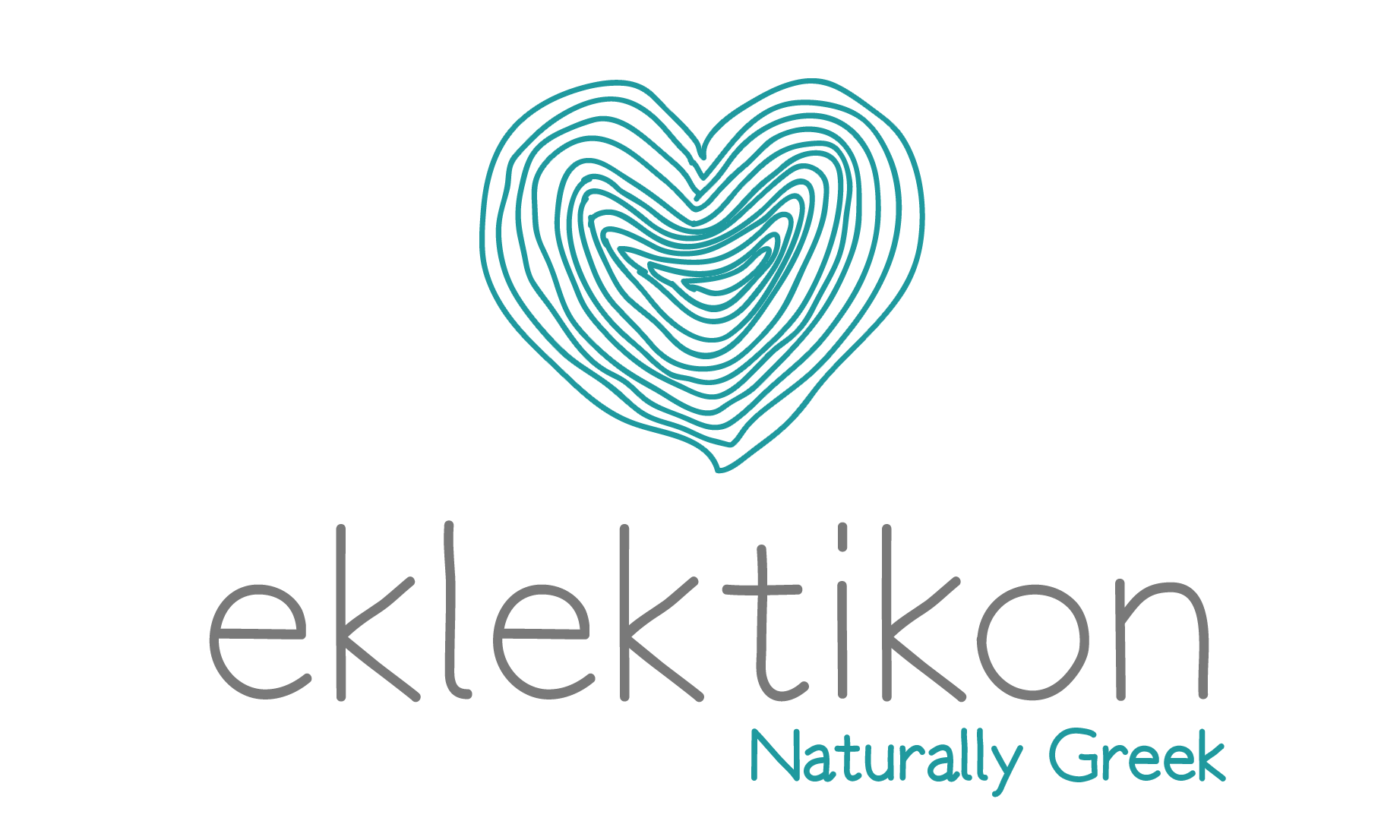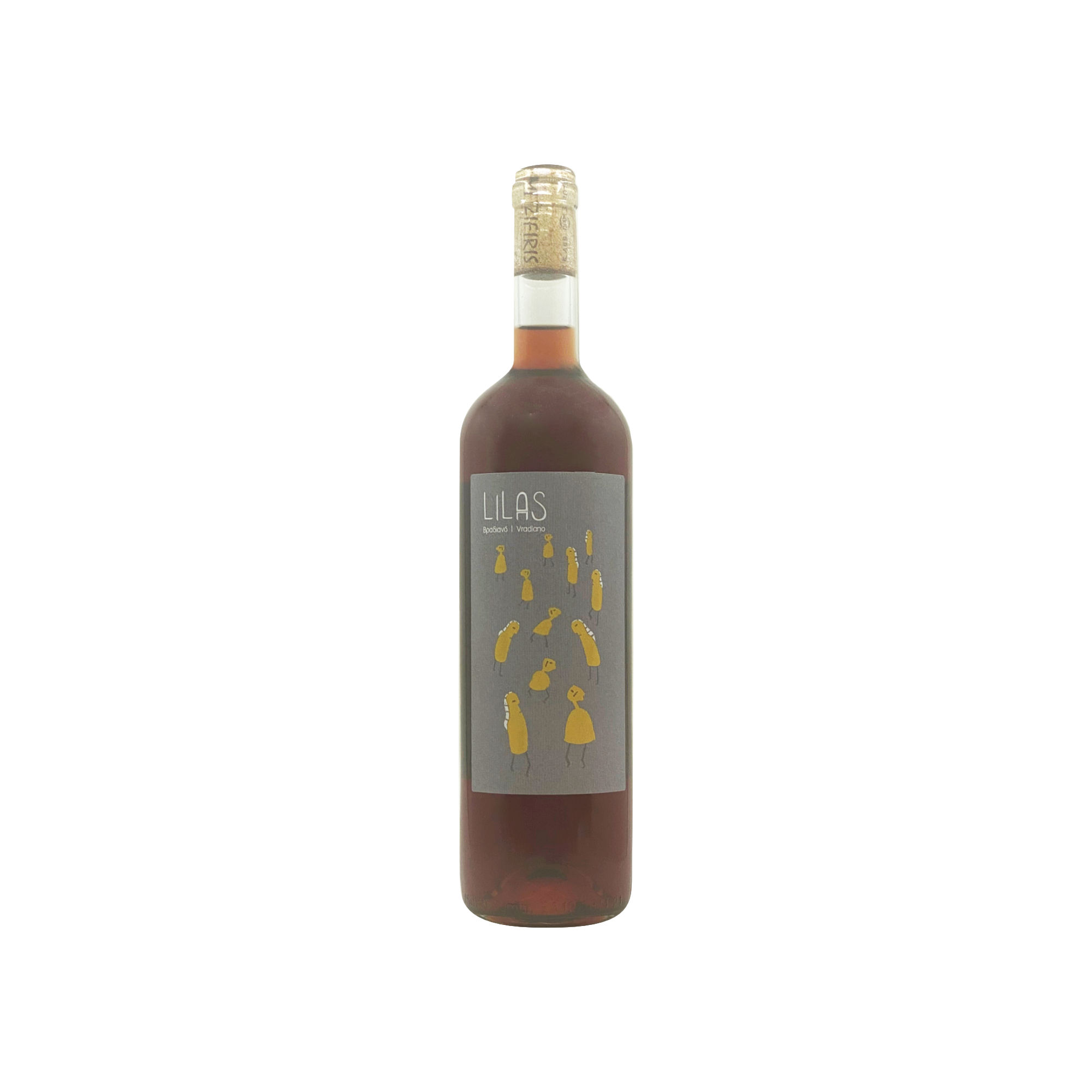Lilas red, taking its name from the nearby historical Lilas river, is a restoration of the battered Lilantine field (erosion from the ceramic industry and brutal ancient wars) and a return to production of beautifully expressive products. This wine is made from the red, local, Vradiano variety (the “night grape”).
- Grower: Mitzifiris
- Vintage: 2023
- Type: Light Red Dry Wine
- Grapes: Vradiano 100%
- Appellation: PGI Lilantio Pedio
- Alcohol: 11.90%
- Bottle: 750ml
- Viticulture: Certified Organic
- Vinification: Skin contact in stainless steel tank for 3 days and aging for 4 months in stainless steel tank.
- Files:


